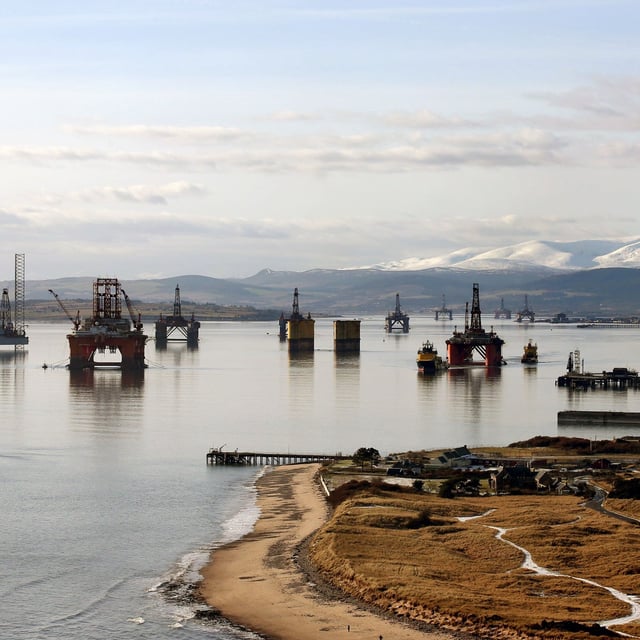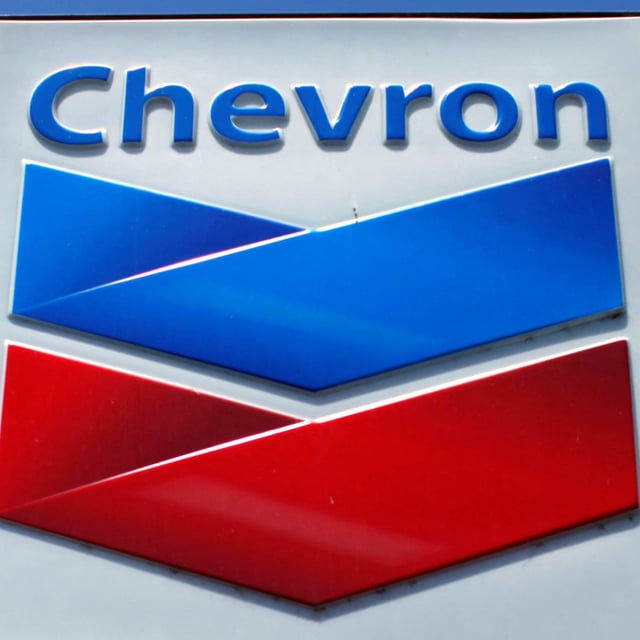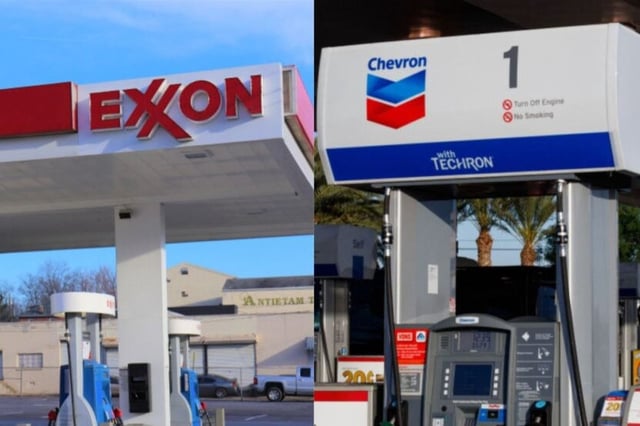Overview
- Chevron to sell its 19.4% stake in the Clair oilfield, the largest in the UK North Sea.
- The sale includes interests in the Sullom Voe Terminal and associated pipeline systems.
- The divestment is part of Chevron's strategy to streamline its global portfolio.
- The decision follows a review of asset competitiveness and is not linked to UK tax policies.
- Other major oil companies have also reduced their North Sea operations in recent years.


